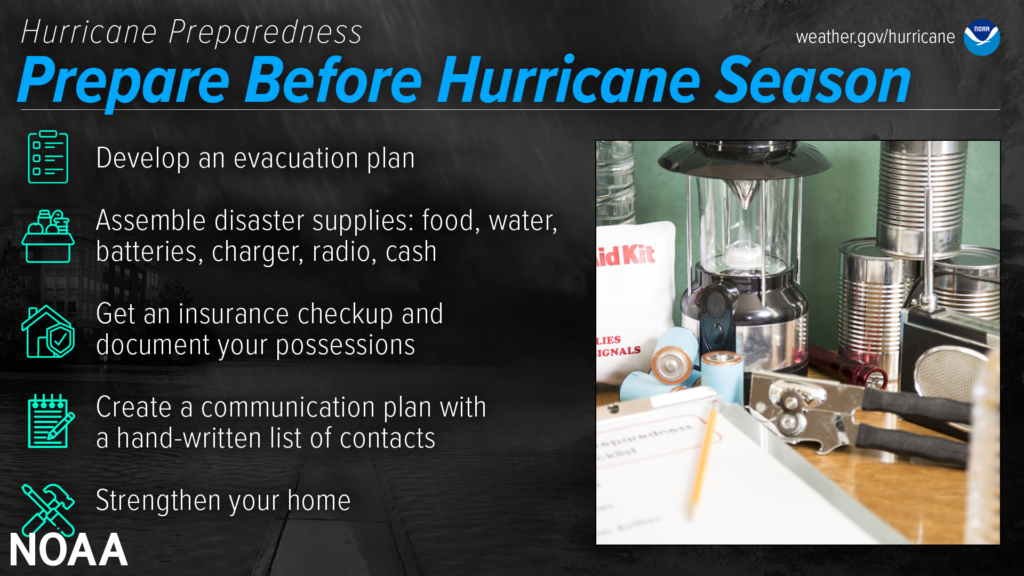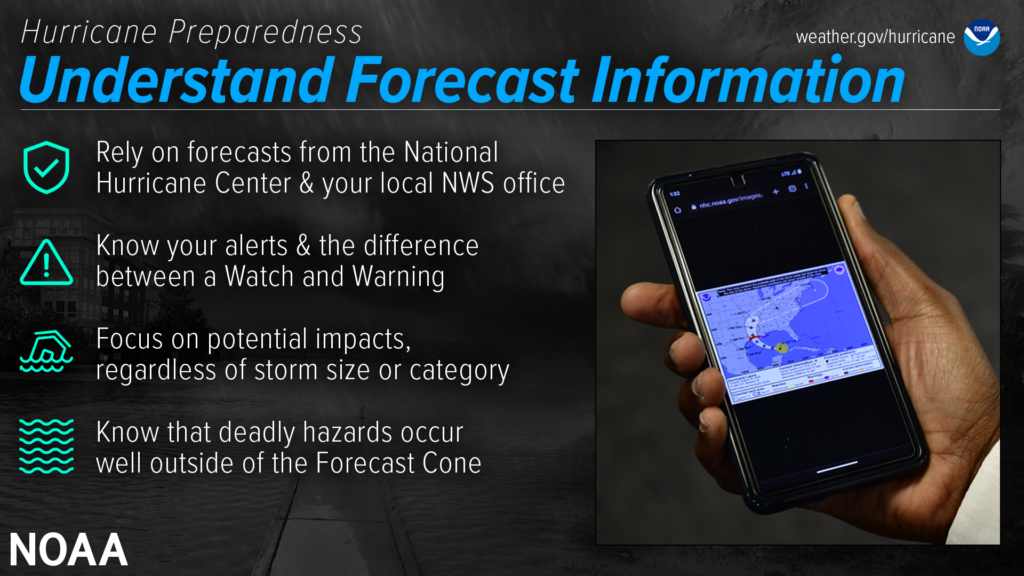Trash Service- Hurricane Update
We have just been informed that there will be no trash or recycle pick up on Monday, July 8th, because the landfills will be closed, due to the hurricane.
Best Trash will resume normal pick ups on Thursday, July 11th, for trash and next Monday, July 15th, for recycle, weather permitting. If there are any further changes we will let you know as soon as we do.
If your can/bin has already been placed curbside, we ask that you bring it in until the next pick-up day.
Your MUD Board:
Susan McFarland, President
David Parkhill, Vice President
Gary Montgomery, Treasurer
Rex Cambern, Secretary
John Crystal, Assistant Secretary








